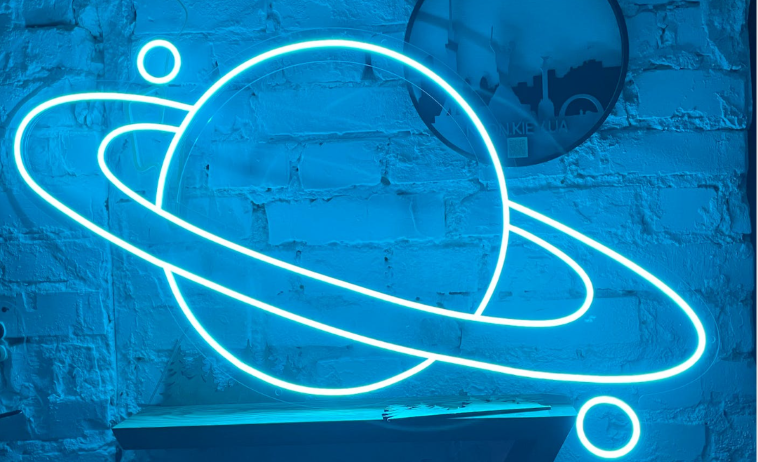Saturn is in the lead again – the satellite race is still on!

For centuries, Jupiter and Saturn have been competing for the position of the planet with the most satellites. So, what’s the score? Galileo discovered four satellites of Jupiter in 1610, but by the end of the century Saturn had led with five new satellites.
After that, Jupiter again reached the leading position, and then Saturn again, and so both planets take turns in the first place, with the fact that in the beginning they were discovered one satellite at a time, and today it has come to the point that more than one is recorded in the catalogs at once – even several dozen!
Let’s not keep you waiting anymore though, so here are the newest results.
Saturn is back in first place when it comes to the number of satellites – an international team of astronomers these days recorded 62 new moons orbiting Saturn!
In total, Saturn now has 145 of them and is the first planet with a three-digit number of followers. Jupiter thus fell to second place again with 95 satellites.
This is the current situation, and we will not be surprised if in some future period Jupiter again becomes the planet with the most satellites. Simply put, there are probably thousands of bodies orbiting both planets that are waiting to be discovered.
For astronomers, the way in which the new satellites were discovered is much more important, and then everything that can be concluded from that mass, that abundance of new bodies about the origin and evolution of Saturn itself. This doesn’t end here, because it tells us a bunch about the entire solar system.

The discovery of the aforementioned satellites of Saturn was made by an international team led by Edward Ashton from the Taiwanese Institute of Astronomy and Astrophysics of the Academy of Sciences, using a special shift and stack research technique.
The technique has previously been used to search the surroundings of Neptune and Uranus in order to find new satellites of those planets, but so far it has not been used for Saturn.
What does the shift and stack technique entail?
Well, as far as can be understood, it’s all about moving a series of consecutive images at the speed of movement of the satellites themselves, which allows even small objects to be observed, i.e. those that are too small to be seen in individual images.
For the search, images from the Canadian-French-Hawaii telescope, which is located on Mauna Kea, in Hawaii, were used in the period between 2019 and 2021. Using this technique, some satellites with a diameter of only 2.5 kilometers were discovered.
The entire search process takes several years because it is necessary to establish with certainty that it is a satellite and not, for example, a to some asteroid that is just passing through.
We will try to keep up with all the upcoming discoveries in this field and keep you posted on our blog, so feel free to check back in!

